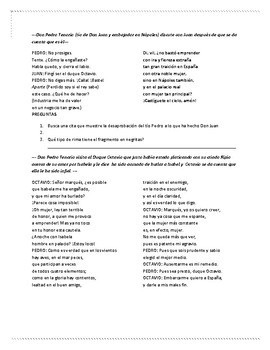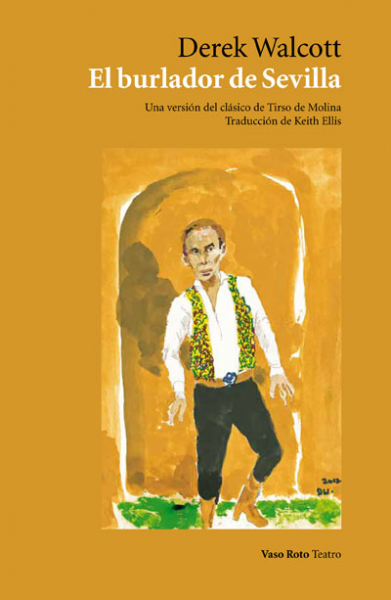
I feel like that’s taking poetic license a bit far! So all this to say, instead of reading through the Spanish for a general sense of the language and sounds of the original, instead I found myself trying to understand the entire thing. But on top of that, lines were reassigned to different speakers, sections were left out and an entire passage (a lengthy three-page monologue) was dramatically condensed and reassigned to a different speaker in a different act and there were even brand-new lines of dialogue added†. ( Though Grossman proves it very doable.) Of course, it turns out that I’m a reader that wants the translation to at least follow the from of the original. Fair enough, translation of poetry is understandably difficult. First, it was in prose rather than making any attempt to match the poetry of the original. Turns out, the English translation I have* is…lacking. The English read quickly enough, although I found myself with nothing to say about the play. It was an easy enough decision–I had both on hand, hand-me-downs from an aunt who once-upon-a-time was a Spanish teacher (before moving on to other things). At first it seemed it would work out well: similar to my method of reading The Golden Age: Poems of the Spanish Renaissance, I decided read an English translation followed by the Spanish.

You know how sometimes you decide to do something that seems like a really good idea at the time, but in execution turns out to be not so great? Yeah, that would be my brilliant idea to read “El burlador de Sevilla” in Spanish. My edition from Diez Comedias del Siglo de Oro, 2nd edition Campbell's blank verse translation.Tirso de Molina (written c. 1978) by Walcott is an adaptation of El burlador de Sevilla, based on R. Molière's version was translated by Christopher Hampton (pub. Browning's Don Juan see Fifine at the Fair, and for Shaw's see Man and Superman. His injured wife is Elvira.ĭon Juan is also the subject of plays by Shadwell (The Libertine), Goldoni, Pushkin, and Montherlant, and of a poem by Byron. Don Juan is the proverbial heartless and impious seducer. The statue comes, seizes Juan, and delivers him to devils. Juan and his cowardly servant Leporello visit the tomb, when the statue is seen to move its head. A statue of the commander is erected over his tomb.

Having attempted to ravish Doña Anna, the daughter of the commander of Seville, he is surprised by the father, whom he kills in a duel. According to a Spanish story apparently first dramatized by Gabriel Téllez (who wrote under the name ‘Tirso da Molina’) in El burlador de Sevilla, and subsequently by Molière in Le Festin de pierre and in Mozart's Don Giovanni, was Don Juan Tenorio, of Seville.


 0 kommentar(er)
0 kommentar(er)
